QuestionQUESTION: Hi Catherine,
I have 6 dogs, a mother,father, and 4 pups from the same litter. Mom, dad and 2 of the pups are in the backyard, and the other two pups were returned to us and are seperated from the other four at this time and are in the front yard. (only because they do not get along) Before the the front yard dogs came back home to us, when the pups were about 4 months old, the backyard dogs all began to dig and eat the dirt. Mom is 6 yrs old and dad is almost 3 years old and never did this before this. I don't know who started it, just all the sudden they were all doing it. This has continued for the last year and a half, though the front yard dogs do not do it at all. They are all on the same food and have been since they were born. No one is on medications or special diets or anything of that nature. I keep thinking it is a nutrient or mineral deficency, but without the front yard dogs displaying the same behvaior, I am unable to explain it. Could it be as simple as they like the taste, like sticks and acorns? Could it just behavioral, one of them started doing it and the others followed? Or could there be something they are lacking? And if so why are the front yard dogs not doing the same thing? This has been a baffling mystery for us. Can you shed any light on it?
Thank you,
Patty
ANSWER: Hi Patty,
Could you tell me what kind of dogs they are and what food you're using? While there is no scientific evidence I am aware of to support a link between nutritional deficiency and dirt or stool eating, I have seen cases of severe pica that cleared up after dietary adjustments were implemented. Normally however it appears to be behavioural. Let me know what you're feeding and what breed you have and perhaps that will provide some clues.
All the best, Catherine
---------- FOLLOW-UP ----------
QUESTION: Hi Catherine,
Yes, the father is almost all Siberian Husky with a very little Chow, mom is half Siberian Husky/black Lab, which makes pups about 3/4 Husky and 1/4 Lab. I've been feeding them Iams Large Breed Dog Food, ever since having the mom. Never had any problems with food. What exactly is pica?
Thank you for any insight.
Patty
Answer Pica refers to the habit of eating non edible objects such as dirt, paper, wood etc. Some experts posit a connection between helicobacter in the stomach and pica, although occasionally a mineral issue presents. IAMs being a lower grade food I might consider switching to premium brand, if thats feasible?
Here's a copy of a post I made on pics (to my yahoogroup) some time back. hope it helps. :)
Pica, like coprophagia, is a frustrating and often challenging condition in the canine. I would say that a multi-level approach is indicated. If the diet is as close to optimal as you can get it, and the standard supplementary approaches have been investigated ( proteolytic enzymes, probiotics, short term mineral adjustments) as well as behavioural, I see no reason not to explore the possibility of a h.pylori problem. The problem I anticipate is that in the event of a bacterial link, the behaviour is still firmly entrenched and my well persist past the point of treatment. In such a case I'd say that a rigourous behavioural approach should be implemented, preferable clicker work to reinforce and redirect unwanted activity to other arenas.
I've never seen a fullblown case of pica totally resolve, but improvement is possible. My own dog (Lila) suffered from it, which in turn led to her chronic gastritis and possibly other issues. I once caught her licking paint out of a can while I was decorating a room.
1) adjust diet to optimal levels (not RA levels)
2) create an activity programme that uses exercise and mental stimulation to divert attention
3) use crate and basket muzzle as short term preventive measures
4) add pre and probiotics and proteolytic enzymes. DO NOT ADJUST MINERAL LEVELS UNSUPERVISED. Increasing mineral to close to SUL level *theoretically* reduces the behaviour. but they must be raised in precise amounts and ratios, or toxicity may result.
5) have a thorough veterinary examination and consider antibiotics or natural approaches (garlic, propolis)
6) Clicker train to redirect behaviour
Here's an excerpt on pica and h. pylori in dogs. I rarely see pica that is not concurrent with several other GI symptoms; whether these are caused by the ingestion of foreign objects or are co-exisiting varies from case to case.
"Helicobacter is a genus of gram-negative, microaerophilic, curved to spiral-shaped bacteria isolated from gastric mucosa of humans and animals. To date, the genus Helicobacter includes 14 formally named species as well as other unnamed closely related organisms. Species known to cause infection in canines and/or felines include H. pylori, H. felis, and H. bizzozeronii. Helicobacter are tolerant of low pH, allowing them to colonize the stomach. In most dogs and cats, Helicobacter lives quietly and causes either no symptoms or only mild disease, but the symptoms vary between species and the extent of the infection. The most common symptom in dogs and cats is mild, intermittent vomiting. Some dogs may develop ulcers of the stomach lining, while cats may develop inflammatory bowel disease, a condition in which the intestinal and stomach lining becomes thickened and prevents proper absorption of nutrients. Vomiting in dogs with chronic superficial gastritis attributed to Helicobacter spp. has been characterized as intermittent, consisting of mucus or gastric secretions, sometimes containing bile. Pica, belching, anorexia, and weight loss also are occasionally noted. In ferrets, Helicobacter often causes severe, sometimes fatal diarrhea. Humans develop a range of symptoms from mild gastric reflux (heartburn) to severe bleeding ulcers. Signs attributed to gastric helicobacteriosis have been based on finding these organisms in gastric biopsy samples from animals with GI illness. Because these organisms can be present in clinically healthy animals, the direct cause-and-effect relationship to clinical illness cannot always be ascertained."
http://www.healthgene.com/vet/d349.asp
Do please consider a switch to a food like Acana, Innova, Fromm etc with more nutrient derived from meat sources and less grain. IAMS is not the premium food it markets as. That's at least a starting place.
good luck!
Catherine

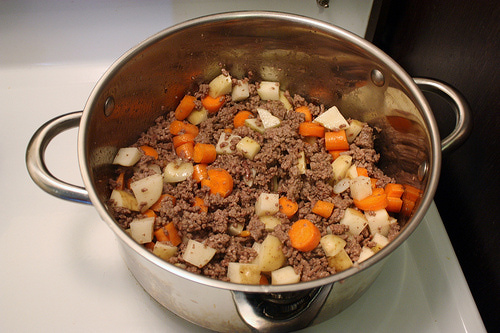 Free dog food recipes; home cooking for your pooch ; homemade stew for dogs;
QuestionHello,
I recently received some free samples o
Free dog food recipes; home cooking for your pooch ; homemade stew for dogs;
QuestionHello,
I recently received some free samples o
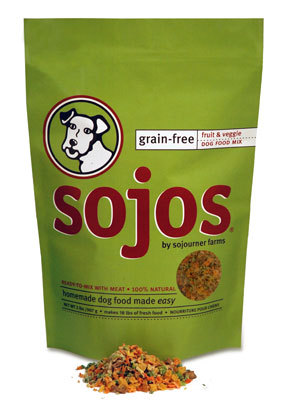 Dog food to prevent Struvite Bladder Stones
QuestionHello,
My 2 year old, female ShihTzu just had
Dog food to prevent Struvite Bladder Stones
QuestionHello,
My 2 year old, female ShihTzu just had
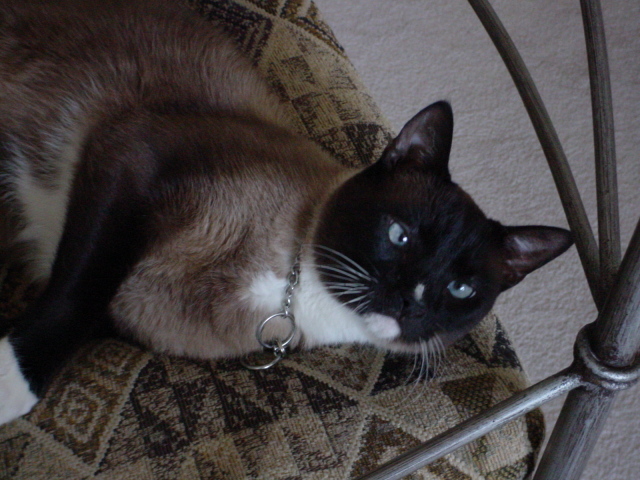 Feline Canin Urinary SO
QuestionKit the Kat
QUESTION: Had to start a new
Feline Canin Urinary SO
QuestionKit the Kat
QUESTION: Had to start a new
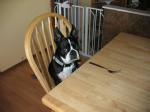 Diet for a Schnauzer with kidney stones
QuestionQUESTION: What recipe should I follow if my dog
Diet for a Schnauzer with kidney stones
QuestionQUESTION: What recipe should I follow if my dog
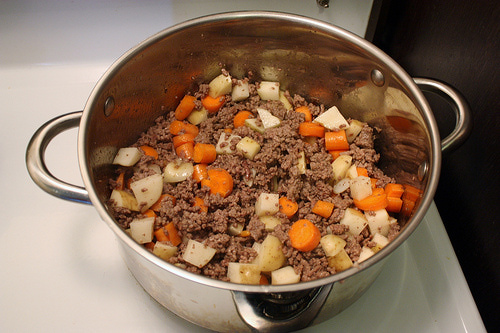 Switching Diets & Cooking for my Dog
QuestionHello!
I have an 8 year old Lab/Shepherd mix a
Switching Diets & Cooking for my Dog
QuestionHello!
I have an 8 year old Lab/Shepherd mix a